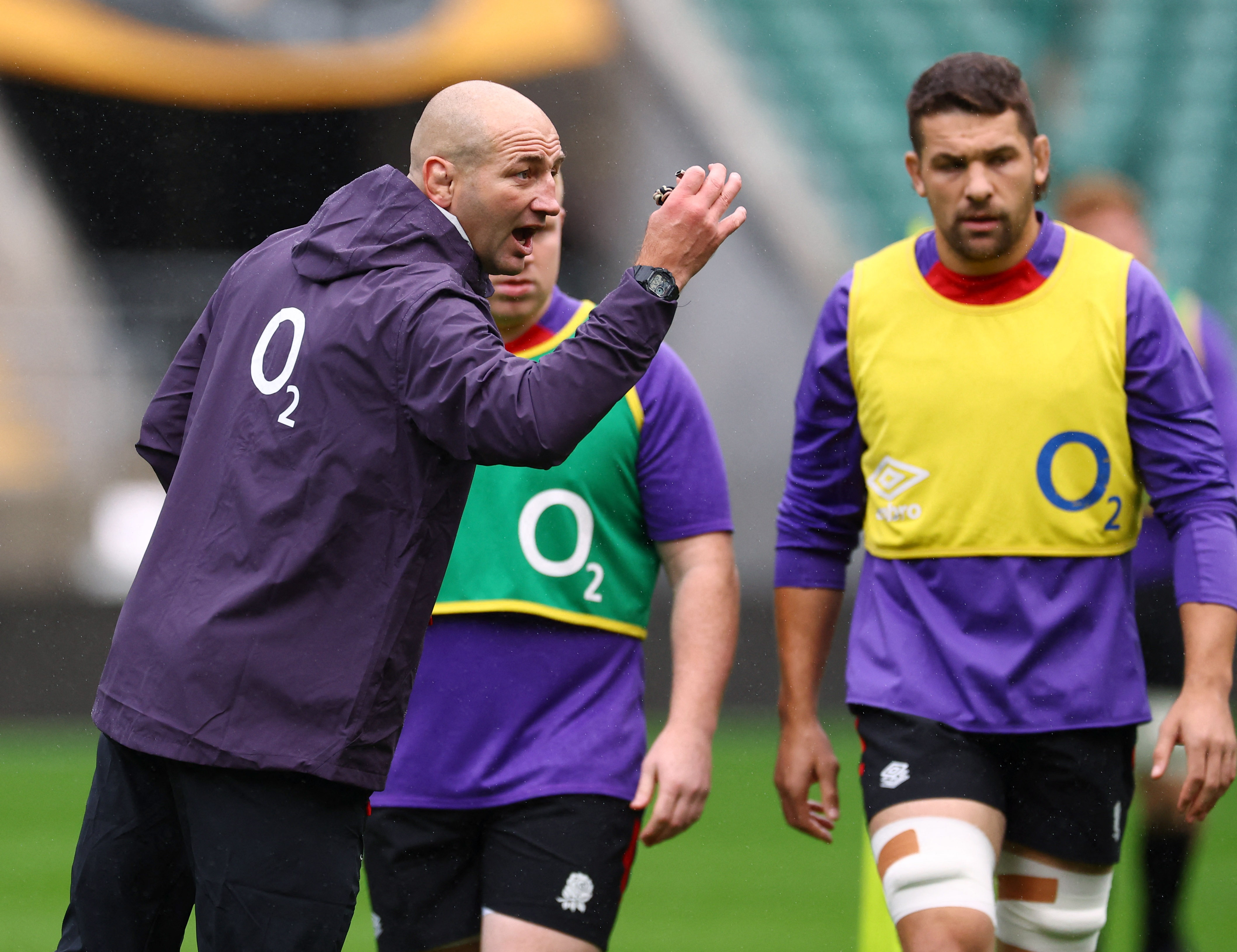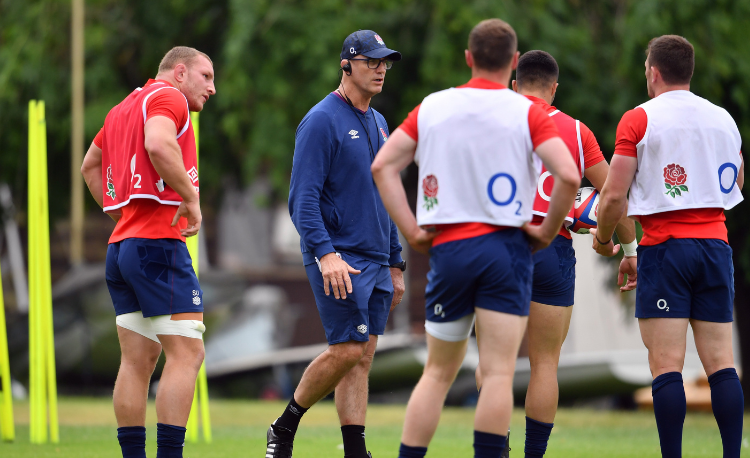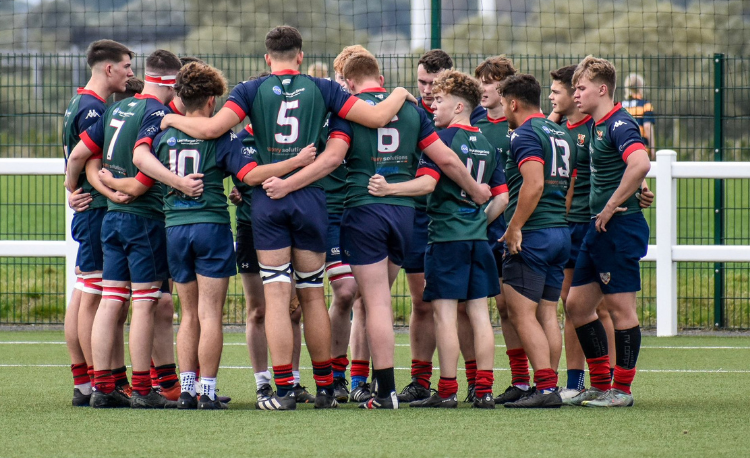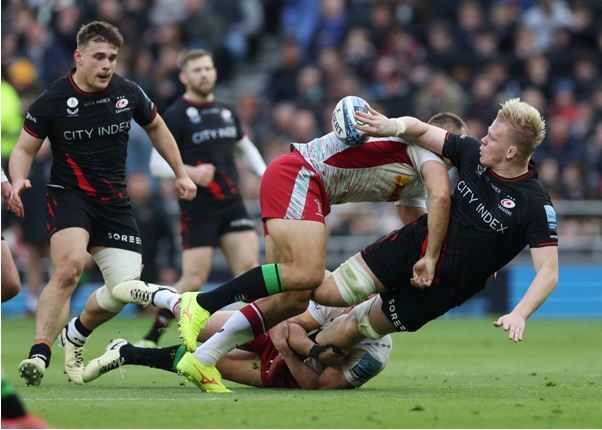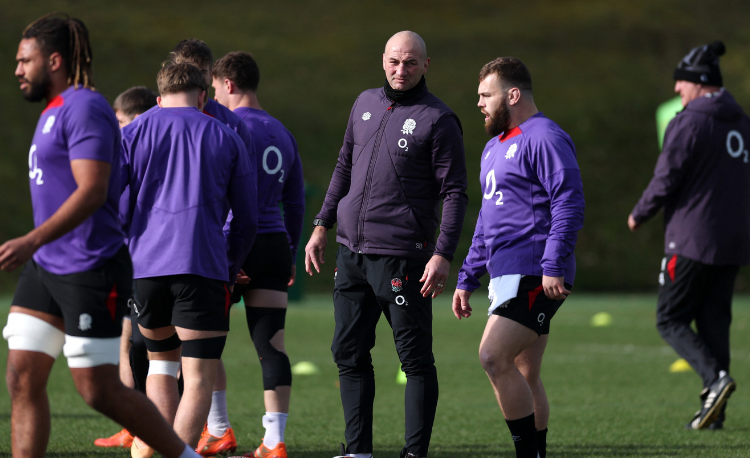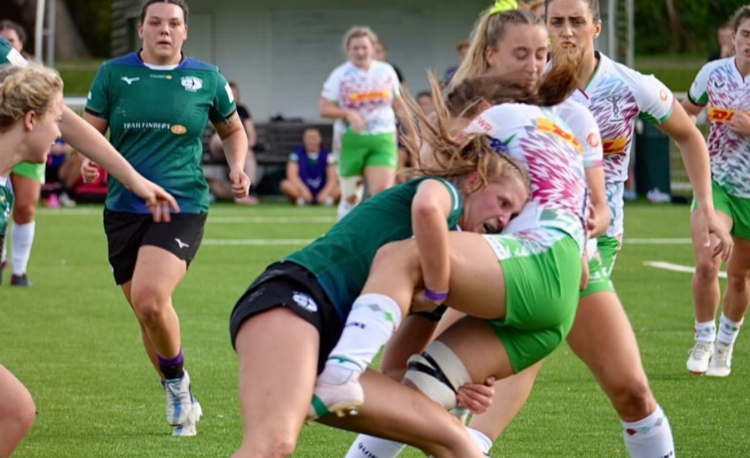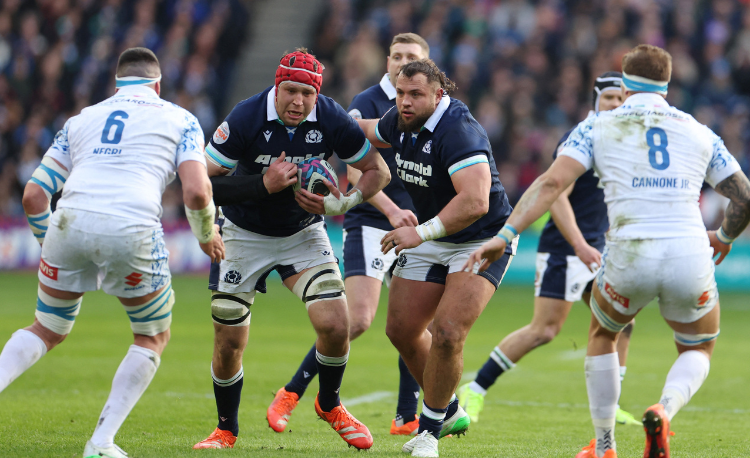Working with mixed ability groups
For everyone who takes a new skill in their stride, there’s another who lags behind. So just how should a coach manage the learning process for players of mixed abilities?

When we watch televised matches, we’re used to watching outstanding handling skills from professional players under intense pressure. Like many coaches, I want to take what I’ve seen and replicate it with my players, but is this realistic with mini-rugby groups of varying ability?
If your aim is to help produce competent adult players who’ve come through your mini, midi and youth system with ten years of coaching, you’d expect that the player would be able to handle the ball well and be comfortable in a game environment.
The key to this is a gradual improvement but, as we all know, different players will progress at different rates. Herein lies the problem as we fit players into age groups rather than ability groups.
You’ll have players in your U11 group who are pretty competent at handling, catch the majority of passes, can give a variety of passes, deal well with the ball in the air and can cope effectively with the ball on the ground. Your expectation is that the rest of the team should also be able to reach this level, but this isn’t the case.
Age groupings can hold back some and leave others feeling they’re not good enough. So for some of your session, why not set up groups based on handling ability, thereby mixing up various age groups. Setting up three groups based on the following could really improve all players.
Splitting the age groups should only be done for a short while in each session before coming back together. Selecting a specific area of the game, such as handling, is a good way to start.
Players should move up groups as they progress and all will benefit greatly from pursuing this type of programme that targets the needs of players.

When we watch televised matches, we’re used to watching outstanding handling skills from professional players under intense pressure. Like many coaches, I want to take what I’ve seen and replicate it with my players, but is this realistic with mini-rugby groups of varying ability?
Tortoise and hare
If your aim is to help produce competent adult players who’ve come through your mini, midi and youth system with ten years of coaching, you’d expect that the player would be able to handle the ball well and be comfortable in a game environment.
The key to this is a gradual improvement but, as we all know, different players will progress at different rates. Herein lies the problem as we fit players into age groups rather than ability groups.
You’ll have players in your U11 group who are pretty competent at handling, catch the majority of passes, can give a variety of passes, deal well with the ball in the air and can cope effectively with the ball on the ground. Your expectation is that the rest of the team should also be able to reach this level, but this isn’t the case.
Another approach
Age groupings can hold back some and leave others feeling they’re not good enough. So for some of your session, why not set up groups based on handling ability, thereby mixing up various age groups. Setting up three groups based on the following could really improve all players.
- Group 1 – the top handling players in your U9/U10/U11 groups
- Group 2 – the middle group where they’re okay at handling
- Group 3 – players needing support and individual work on their handling
- Increasing the pace, decreasing the time and adding pressure on the top group.
- Getting the middle group to work on becoming more effective and efficient at handling with no opposition.
- Working in small groups or one-to-one on a needs basis with the third group that requires the most help.
Short and sweet
Splitting the age groups should only be done for a short while in each session before coming back together. Selecting a specific area of the game, such as handling, is a good way to start.
Players should move up groups as they progress and all will benefit greatly from pursuing this type of programme that targets the needs of players.
Newsletter Sign Up
Coaches Testimonials

Gerald Kearney, Downtown Las Vegas Soccer Club

Paul Butler, Florida, USA

Rick Shields, Springboro, USA

Tony Green, Pierrefonds Titans, Quebec, Canada
Subscribe Today
Be a more effective, more successful rugby coach
In a recent survey 89% of subscribers said Rugby Coach Weekly makes them more confident, 91% said Rugby Coach Weekly makes them a more effective coach and 93% said Rugby Coach Weekly makes them more inspired.
Get Weekly Inspiration
All the latest techniques and approaches
Rugby Coach Weekly offers proven and easy to use rugby drills, coaching sessions, practice plans, small-sided games, warm-ups, training tips and advice.
We've been at the cutting edge of rugby coaching since we launched in 2005, creating resources for the grassroots youth coach, following best practice from around the world and insights from the professional game.



